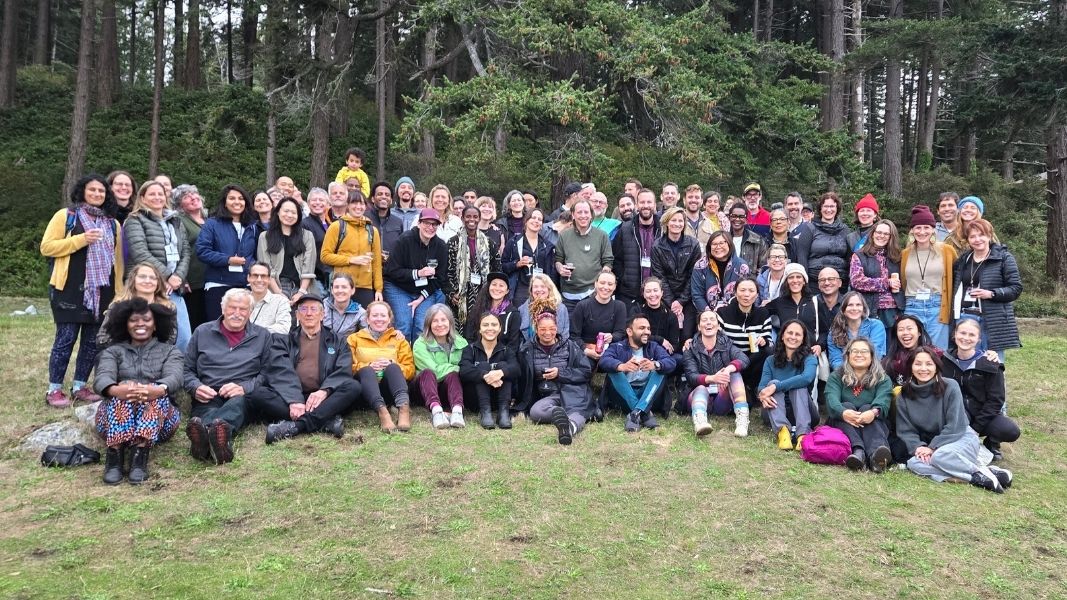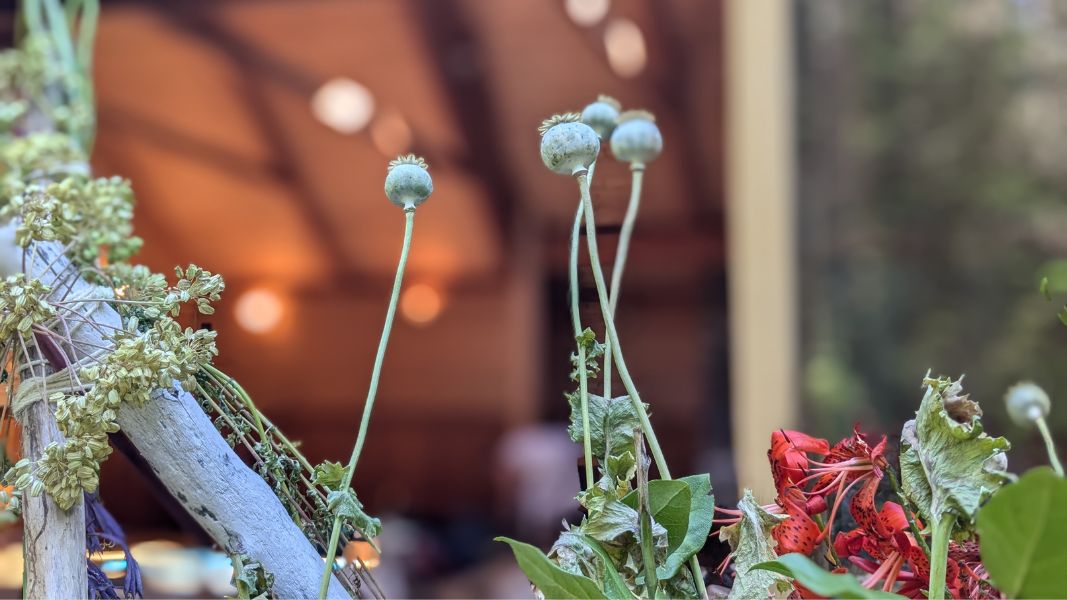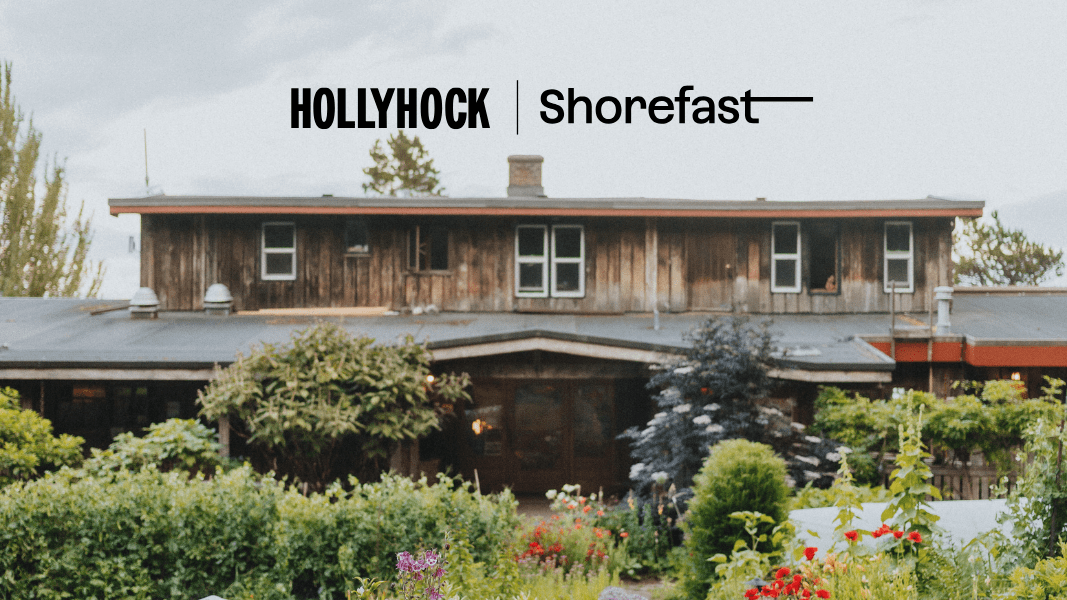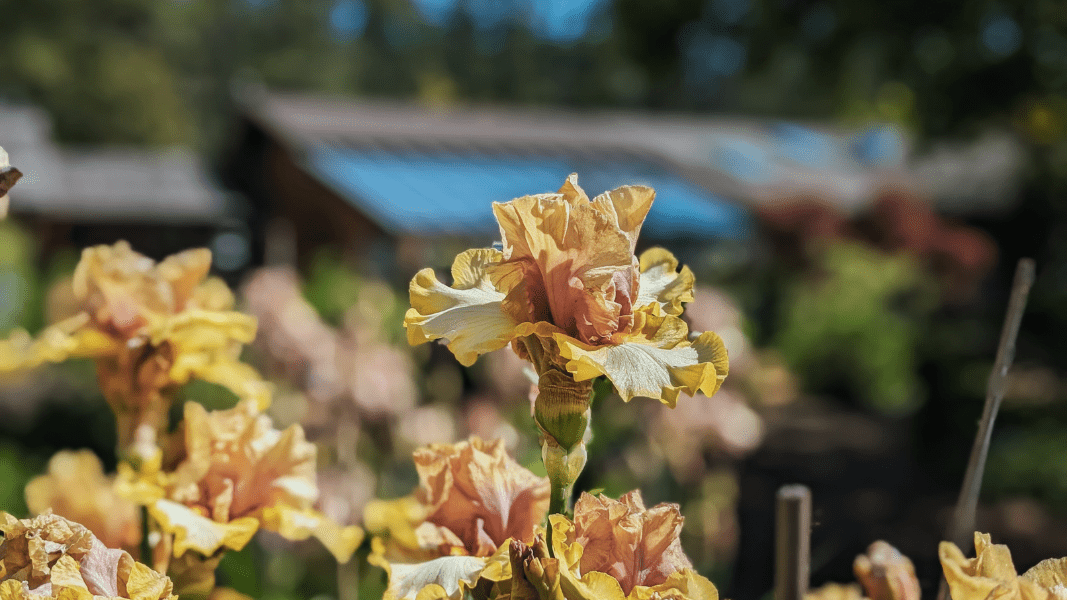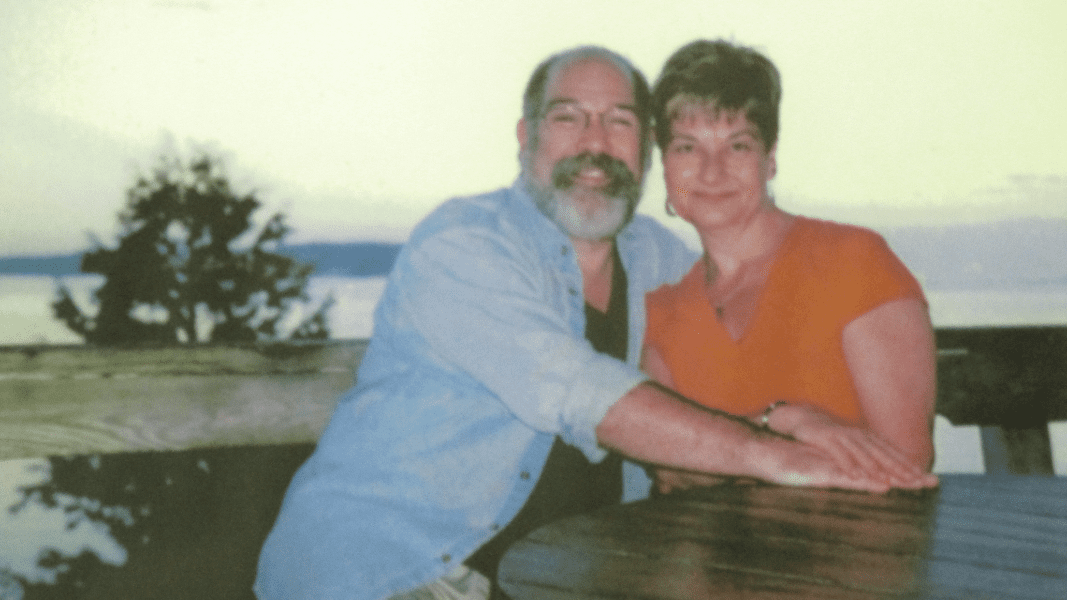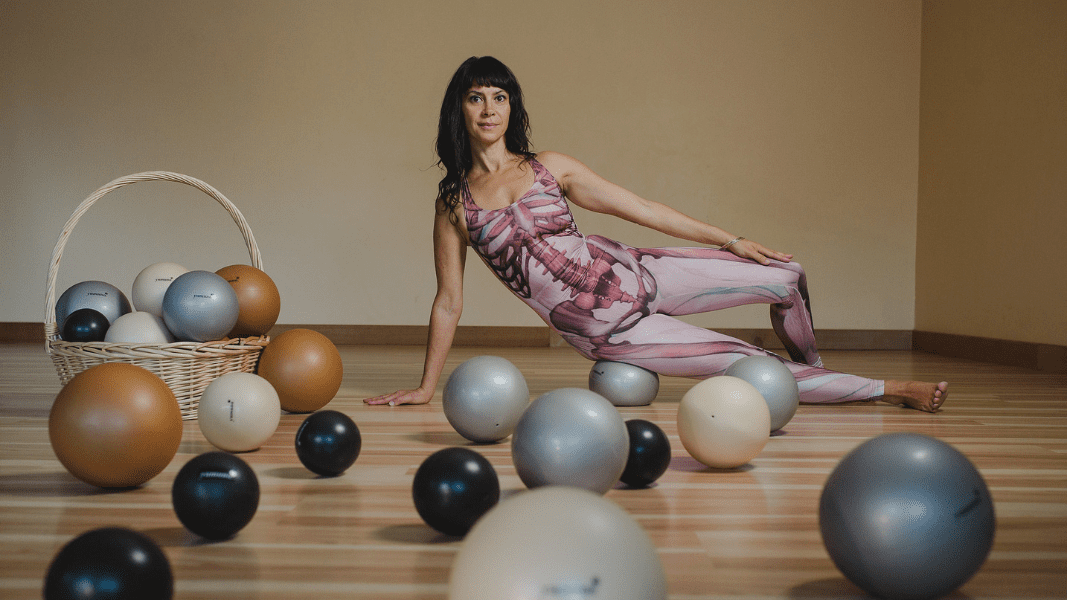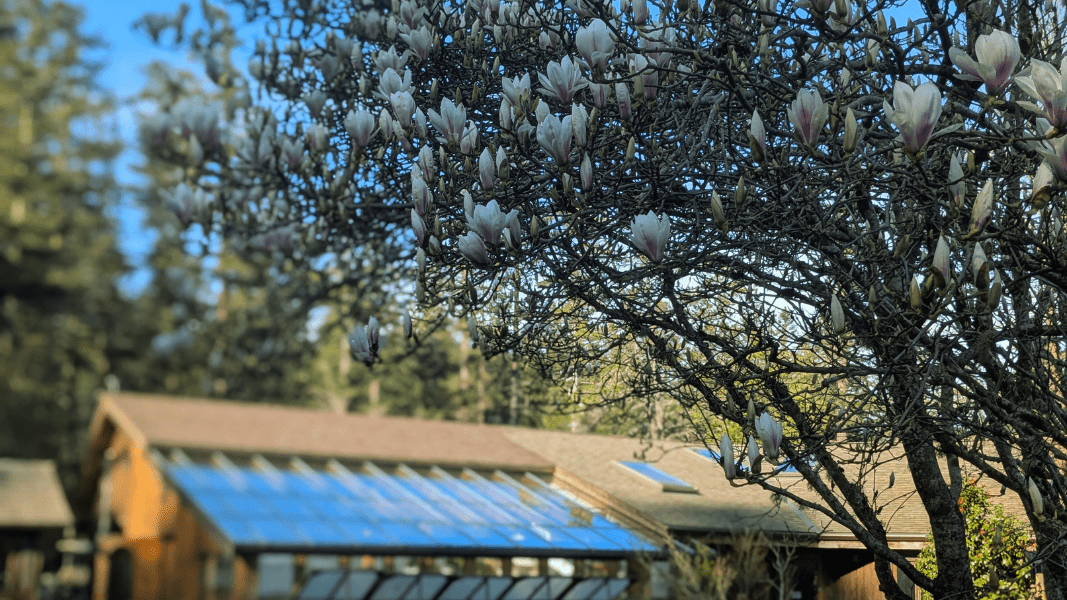I once took a writing workshop with Margaret Atwood. I was fairly new to writing stories, and over the moon to have been selected for her class. This was at the Humber School for Writers. On about day three of the workshop I put up my hand and said, sheepishly but rather proudly too, that I sometimes didn’t want to get my fingers in and change what I’d written in a first draft, because it seemed to have come with a particular kind of force, in a particular set of words. These words had energy, I said, and subsequent rewrites wrecked that force.
“Any advice?”
She observed me for a long time, before replying: “That is an idea you should get rid of.”
It was, she said, an essentially Romantic (capital R) idea, one that pictured creativity as a single, great spasm. “In general,” she finished by saying: “an idea should become more interesting – not less interesting — the more you work on it.”
A story needs to ‘thicken’ – developing layers, posing new questions as you go deeper. It needs to morph and shake off skins.
This stuck with me. The appraising look. The good but scathing advice. And of course I do agree: a story needs to ‘thicken’ – developing layers, posing new questions as you go deeper. It needs to morph and shake off skins.
Still, I stubbornly continue to believe that early drafts, if they are good, can have an energetic force to them – a force that can be caught, and then passed from draft to draft, becoming, no matter how the words change, an energy container for the piece. Every word might change, but the aliveness at the story’s core will stay.
But how do you deepen a piece while keeping the aliveness at the core? How do you keep a draft from getting more stiff and tight with each rewrite, or keep it from peering and itself in the mirror, getting excited by how it looks?
Every writer has a different answer to these questions.
For me, for the last decade or so, the answer has been to use scrapbooks.
After I have a first draft, I leave it for weeks or even months in order to ‘let it dry,’ as a visual artist would do with watercolours. You can’t work them when they’re wet.
Then, when I’m ready to go to work, I print out the pages and tape them into a large scrapbook, single sided, leaving room to write in longhand all around the piece. A large pad of construction paper will also work. It just needs to be something with big pages – much larger than the 8 ½ by 11 of the story or chapter.
I then write all around the edges, asking myself questions, trying new ideas, colouring in scenes that are faint. Renaming characters, etc. By having the original draft in front of me, tactile and available, I never have to fear ‘losing it’ or ‘wrecking it’ – emotions that that can make me stall out. At the same time I can drift, consider, and work around the edges, asking myself questions, making no distinction between writing the piece and writing about the piece.
This allows me to explore every aspect of it, without trying to ‘sound good,’ which can be the death of fiction. Interestingly, by freeing myself from ‘sounding good,’ I often find that what I’ve jotted in the margin, a note meant only for myself, is exactly the wording I want.
Then I take these notes, type them up into a new draft, let it dry, and re-enter it again.
This physical process – writing all over pieces of scrap paper – frees me to open up the first draft and play with it, while keeping the shape of the initial draft in front of me, with its twists, turns and – yes — that DNA-like surge of energy that comes when you first commit words to a blank sheet, creating a story out of nowhere.
I will be presenting “Going Under the Words: Creating Fiction & Memoir” from June 23-28 on Cortes Island and I hope to see you all there.

